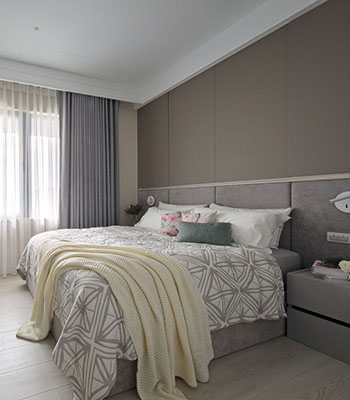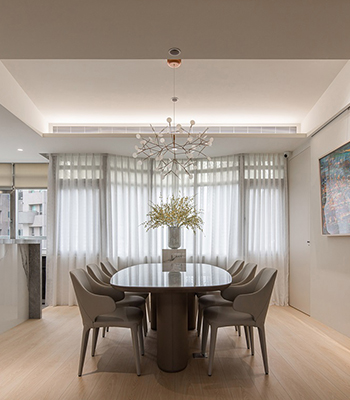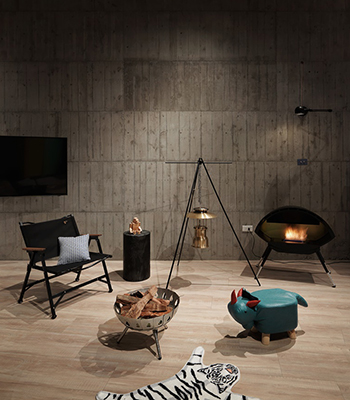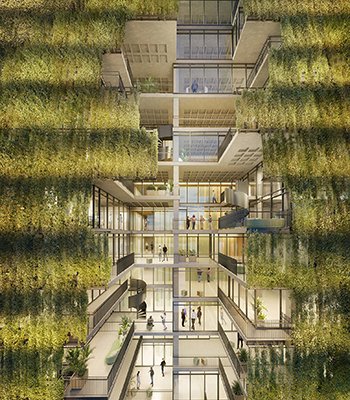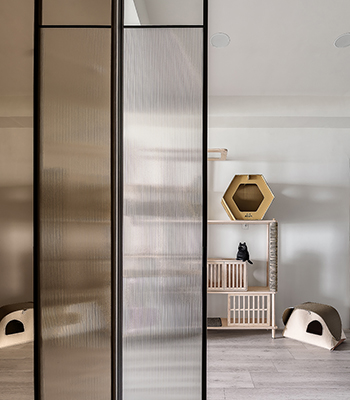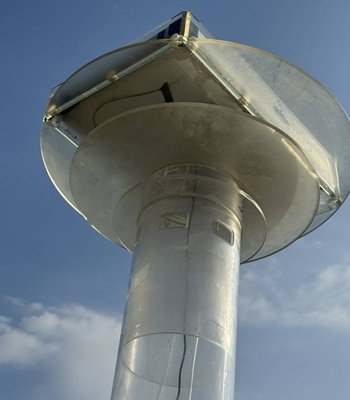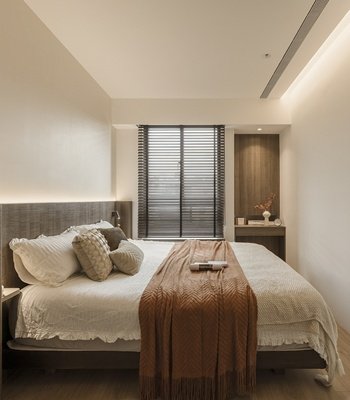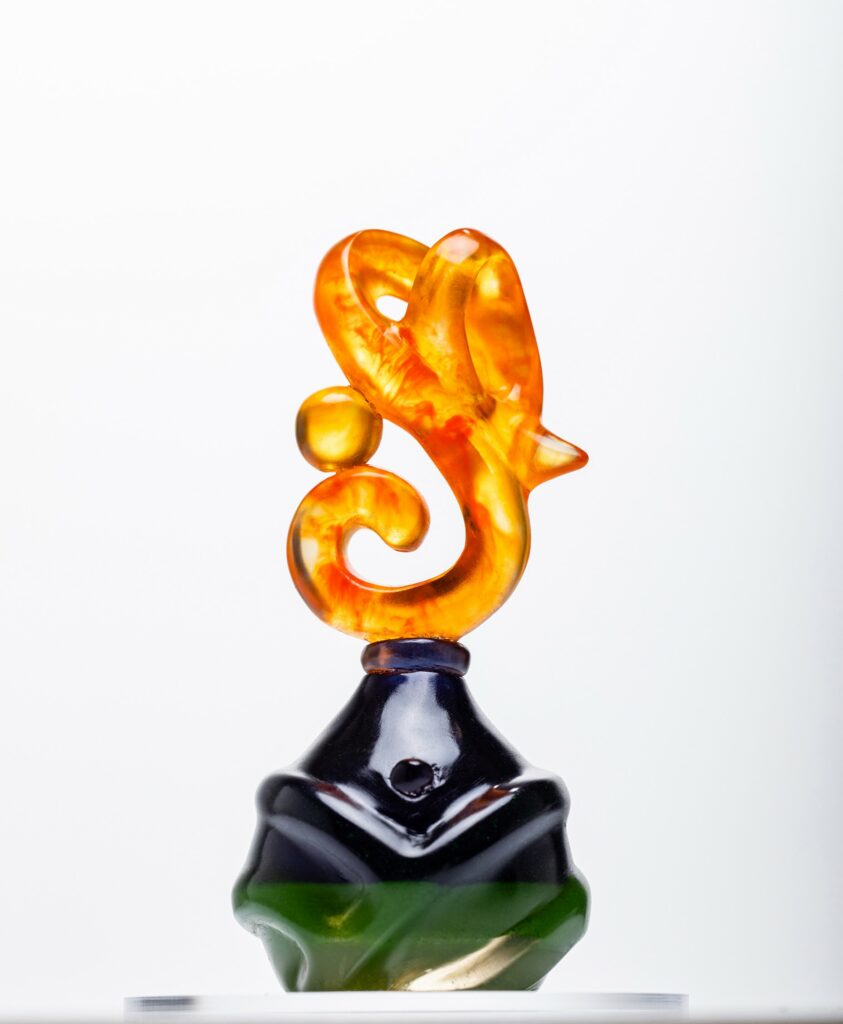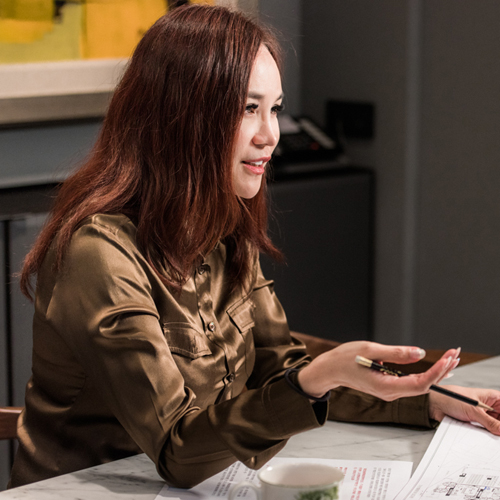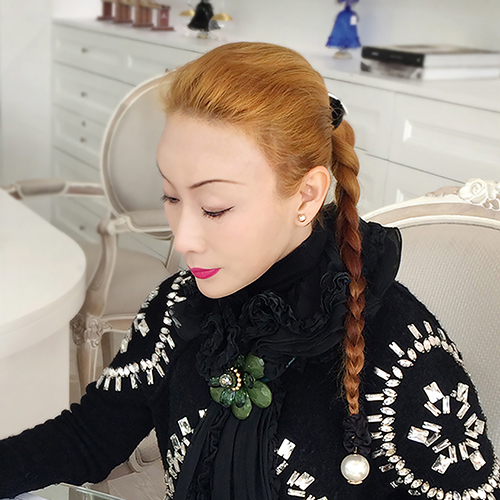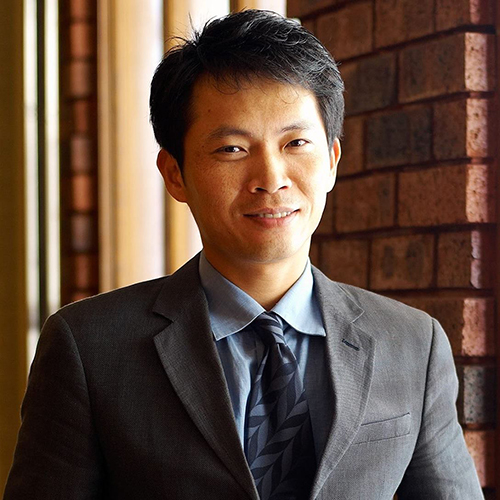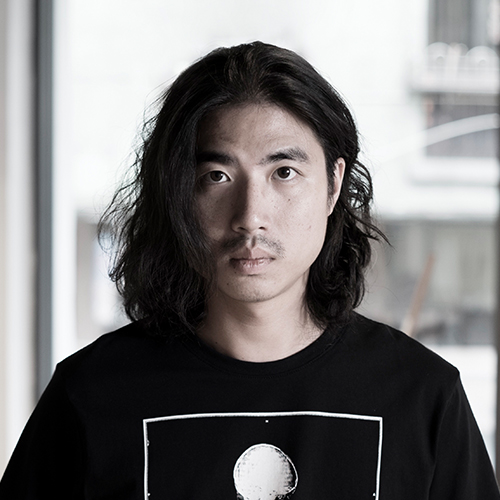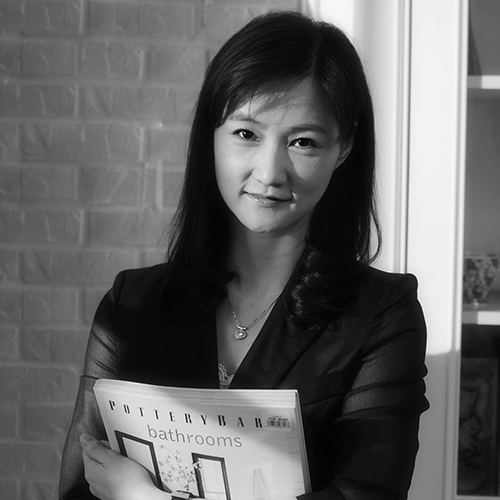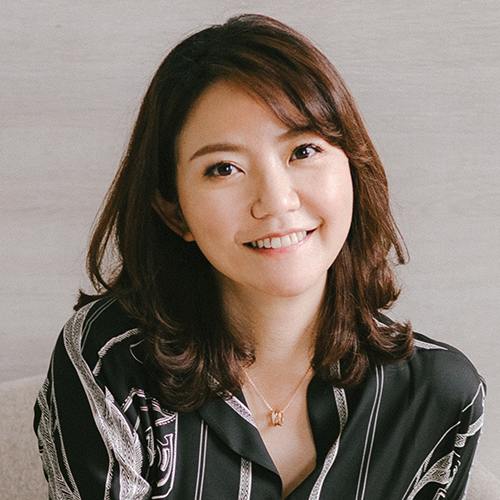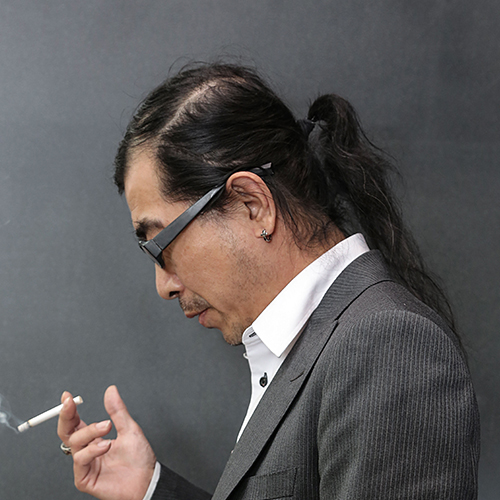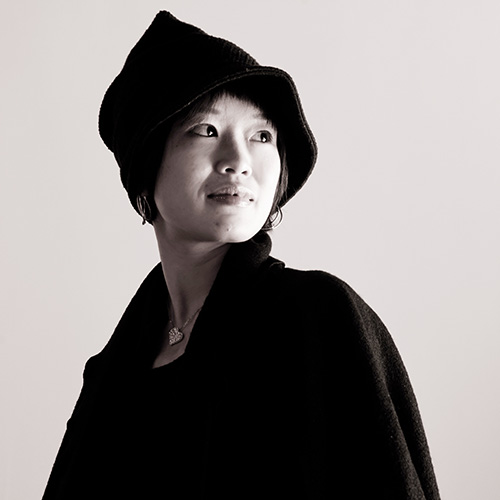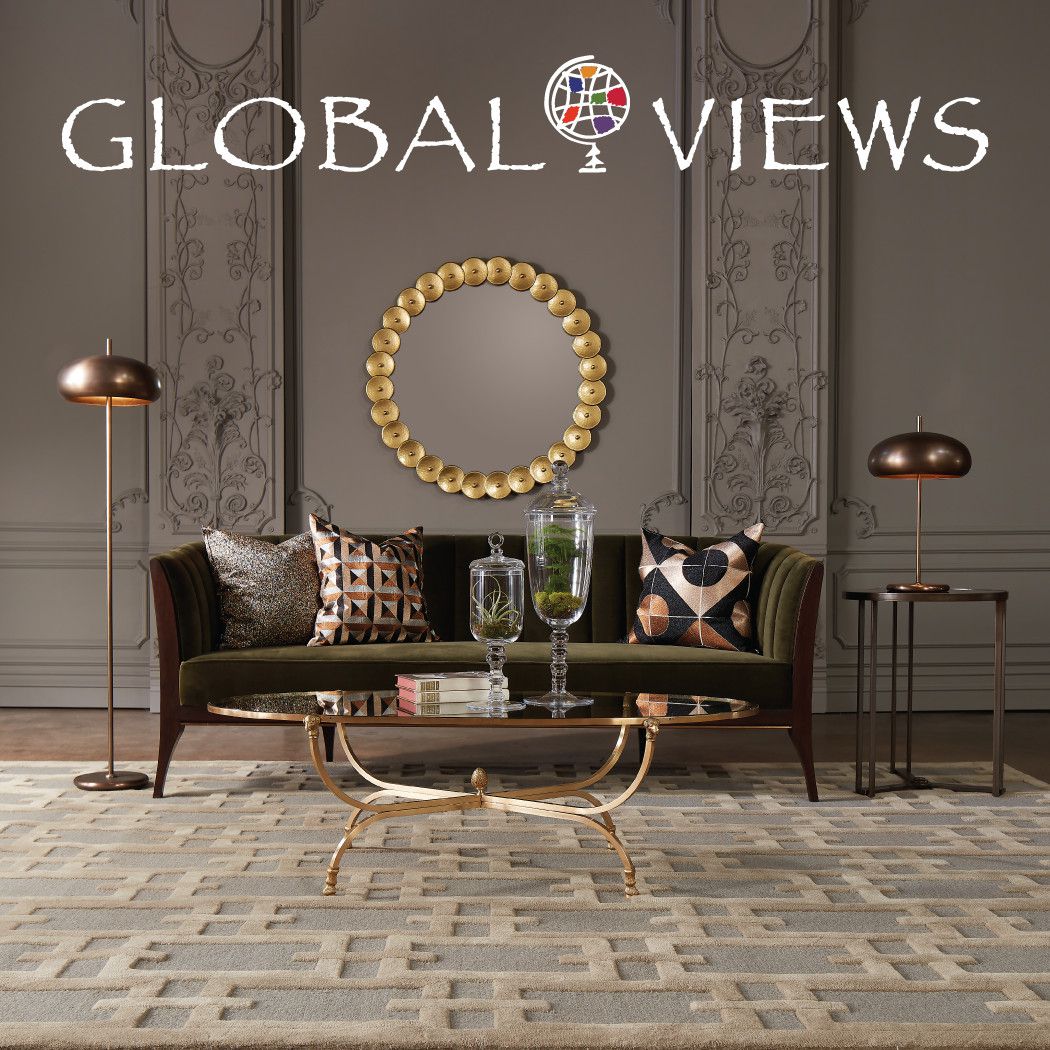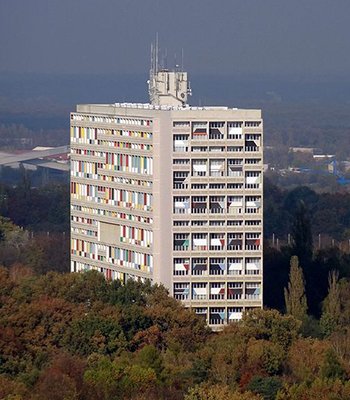
住房危機的解方?—粗獷主義代表之作 柯比意《柏林公寓》
也被稱為「柏林聯合公寓」,位於柏林西側的柯比意《柏林公寓》完美地體現了當代粗獷主義之美,方正俐落的外觀使其從格魯內瓦爾德森林小鎮景觀中顯得特別突出。該建築於1950年代中期,由瑞士傳奇建築大師柯比意(Le Corbusier ,本名為Charles-Édouard Jeanneret)設計。正值納粹德國統治尾聲,彼時的柏林經過第二次世界大戰的戰火洗禮後,又在50至60年代飽經摧殘,許多的建築被拆除以騰出空間建造更多的道路、商店或住宅項目。柏林亟需重建為一個新的——或者以現代主義者的說法——更好、更創新的城市。那是一個充滿劇變的時代,在設計上更是如此,許多成為當代經典的作品均是在這個時期被創造出來的,《柯比意柏林公寓》便是其中之一。隨著希特勒的下台,德國的社會出現震盪,首當其衝的便是房屋市場的巨大危機,柏林需要大量的房屋來安置他的住民,因此社會住宅項目很快成為了都市更新最重要也是最緊迫的焦點。
Also referred to as the ‘Berlin Unité d’Habitation’, ‘Le Corbusierhaus’ in Berlin’s Westend is a staggering example of Brutalist architecture; its exemplary form stands out distinctly from the surrounding topography of the nearby Grunewald Forest.The building was designed in the mid 1950s by Charles-Édouard Jeanneret; the famed Swiss architect better known as Le Corbusier. Toward the tumultuous end of the Third Reich, the city of Berlin was heavily bombed—many buildings were destroyed during World War II, and many more were subsequently demolished during the 1950s and 1960s to make way for new roads, businesses, and residential projects. Berlin needed to be rebuilt as new; or by Modernist thinking, as a better and more innovative city. It was a time of radical design, where buildings arose that enjoy iconic status to this day—and ‘Le Corbusierhaus’ exemplifies this juncture. Following Hitler’s fall, a major housing crisis ensued; thus, a significant focus on social development projects was paramount to Berlin’s urban regeneration.

在法國的《馬賽公寓》取得巨大成功迴響後,柯比意被邀請至德國發展相似的概念。建造工程從1956年開始,共持續兩年,到1958年竣工。就像是這個年代其他的高樓,《柏林公寓》的建材採用預製的粗模混凝土,這樣灰色且不修邊幅的外觀也成為了粗獷主義最廣為人知的代表之一。建築內總共有530間公寓,大小不一,從一房到五房都有,公寓繽紛的外觀則是時代的產物。不論你是否喜歡粗獷主義,這棟戰後德國的建築瑰寶對於當代建築史發展的重要性是毋庸置疑的。
In the wake of Le Corbusier’s successful Unité d’Habitation housing concept in France, the architect was invited to design something similar in Berlin. The construction phase lasted from 1956 to 1958, and like many high-rise buildings from this era, the complex is made from prefabricated rough-cast concrete. 530 apartments are spread across multiple floors, containing anywhere from one to five rooms. The building’s colorful exterior was eccentric for its time, and whether your architectural preferences align with Brutalism or not, one cannot deny the cultural importance of this architectural gem of post-war Germany.





Images: Oliver Tomlinson, Verograph
Words: Stephanie Wade
Source: Ignant

